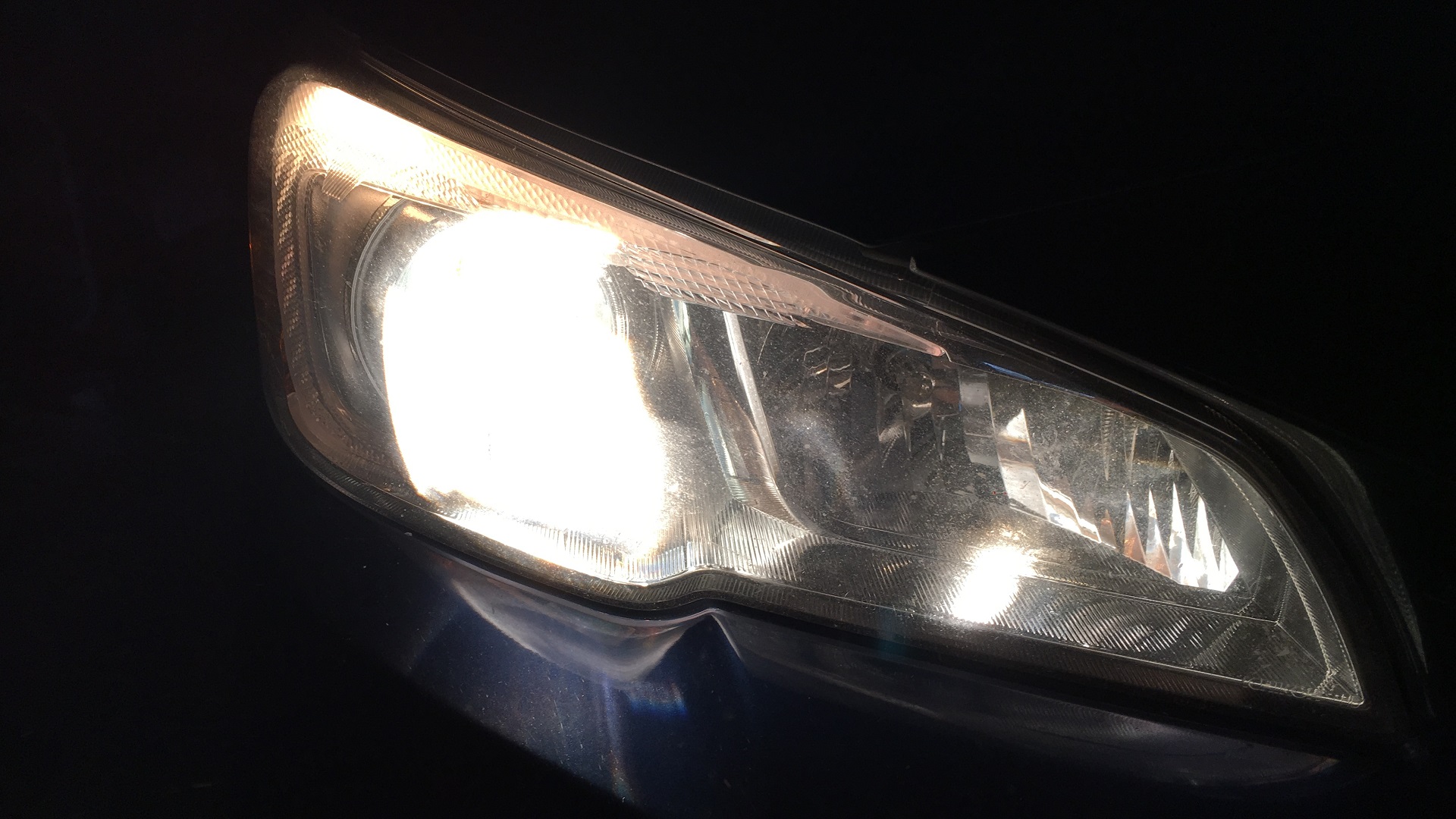

New vehicles seeking a Top Safety Pick rating from the Insurance Institute for Highway Safety will need to meet more stringent standards next year, according to a tweet from IIHS on Monday.
Headlight performance in the U.S. lagged behind the rest of the world for years. Only in the mid-1980s were headlights other than sealed beams, a technology dating back to the 1930s, even permitted on cars sold here. This allowed more flexibility in design, but some headlights were, and in some cases still are, designed for form rather than function.
IIHS included headlights in its safety evaluations starting in 2016. The first tests showed that nearly all headlights were sorely lacking in performance, with only the Toyota Prius V earning a “Good” rating out of 82 vehicles tested. After refining the way glare is measured last December, this year’s test of SUV headlights still had rather poor results, though better than in the past. Two out of six large sedans missed out on a Top Safety Pick+ rating this year solely because of their headlights.
The IIHS headlight test measures how far headlights shine down straightaways and curves to an intensity of at least 5 lux, and measures the amount of glare oncoming vehicles will see. The less glare, the better the rating. Cars with curve-adaptive headlights tend to do better when it comes to glare since they actively aim the light at the road rather than oncoming traffic. Low beams are more important than high beams for the test since those are the lights used most of the time.
We asked IIHS exactly how these tests will become more stringent. “More to come in early December,” was all IIHS had to say in reply, so we will have to wait until then for details. Still, good headlights are good for everyone, and every car should have them. I recently upgraded my 2003 Volkswagen Jetta Smyth Ute to European specification headlights because the original ones were barely more useful than a pair of glow sticks attached to the front of the car. Let’s hope that IIHS inspires more manufacturers to jump on the bandwagon and improve their headlights.